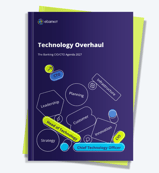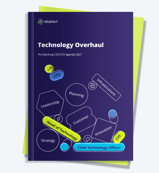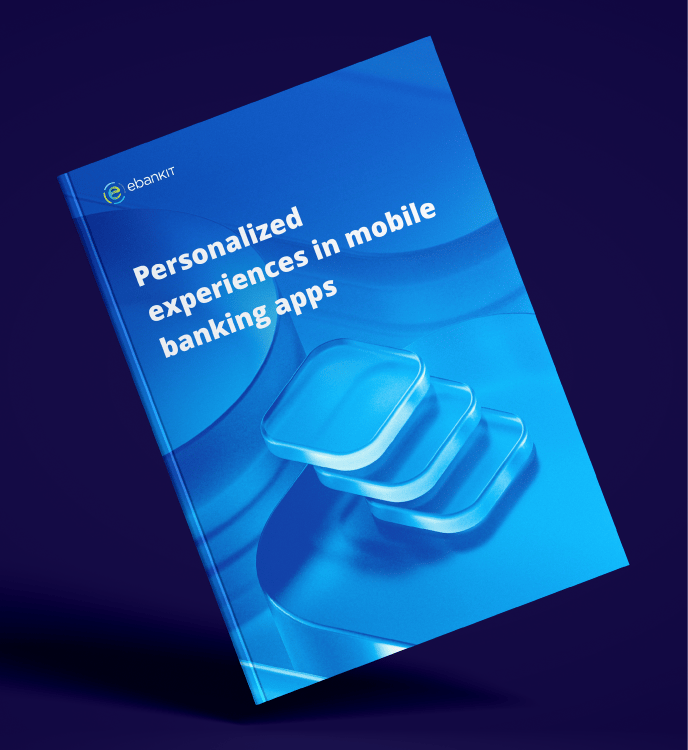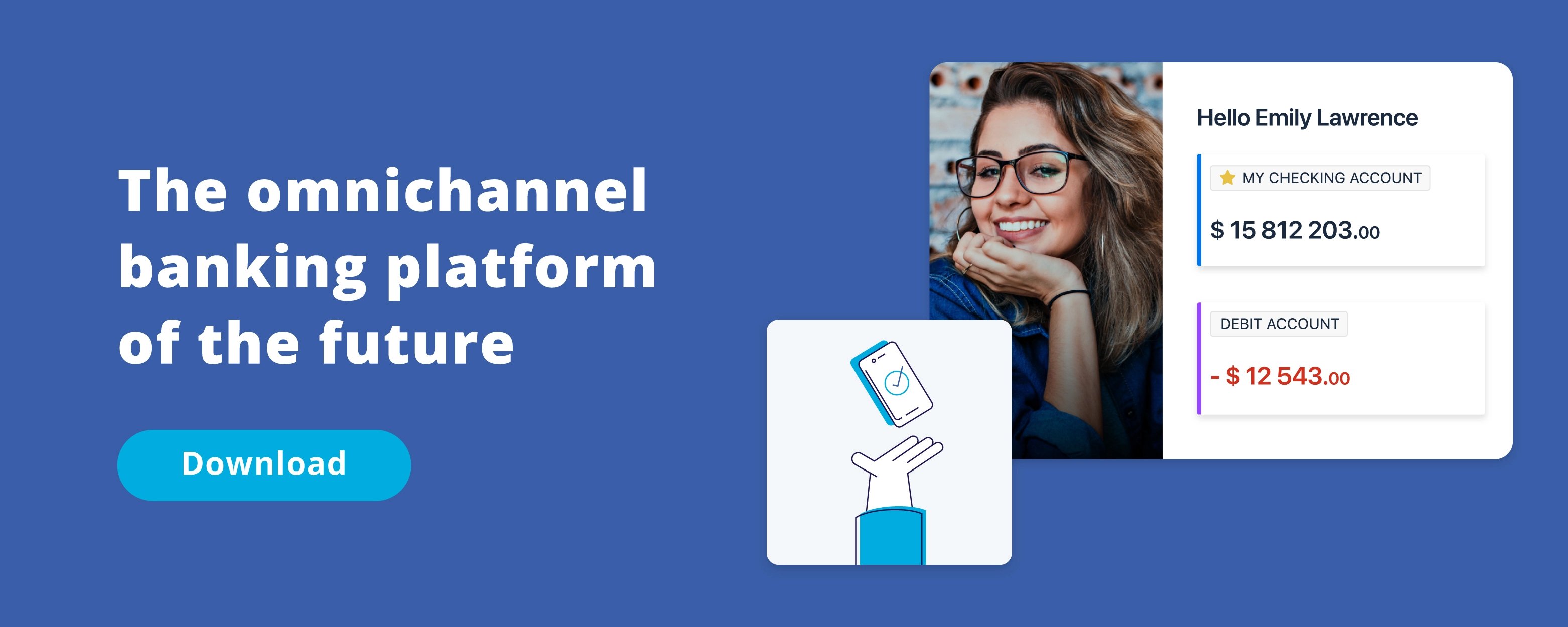Traditional core banking providers frequently postpone modernization initiatives due to the significant expenses linked to major upgrades and potential tech disruptions.
A composable and modular approach
Traditional core banking providers frequently postpone modernization initiatives due to the significant expenses linked to major upgrades and potential tech disruptions.
Composability seems to be the perfect solution for financial institutions that wish to adapt faster and keep up with their account holders’ needs.
Made up of API-enabled, modular building blocks and packaged business capabilities (PBCs), a composable banking platform allows the flexibility that banking institutions crave.
57% say that their legacy technology was too expensive and doesn’t fulfill the requirements of modern applications.
Forrester Study, What’s Driving Next-Generation Data Platform Adoption in Financial Services
This new approach optimizes IT infrastructure and drives digital transformation. It grants traditional core system providers increased opportunities to modernize their solutions compared with a monolithic digital banking approach that is inflexible, expensive to upkeep, difficult to modify, susceptible to disruptions, and poses a significant risk to operational stability.
Gartner highlights 4 composable principles that every institution should follow to achieve success.
1. Speed
With direct access to a comprehensive array of existing digital data and decision-making resources from across the organization, banks do not need to begin from scratch. This enables them to implement new decisions, scorecards, models, and use cases more efficiently.
2. Agility through modularity
Modular access to enterprise-wide data and services enables financial institutions to make informed, real-time adjustments to products and strategies, akin to a "plug-and-play" system, in response to evolving market conditions.
3. Better orchestration
A good orchestration ensures all the components—such as core banking systems, payment systems, and customer-facing apps—work seamlessly together. Furthermore using orchestration will centralize data and processes to ensure smooth customer experiences, even as different teams use independent tools to innovate.
4. Resilience through automation
Individual components or teams within the system are independent, self-contained, and can operate without requiring constant coordination with others. Composable banking's modular design allows individual services or products to be updated, replaced, or scaled independently without impacting the rest of the system.
This independence creates resilience because issues in one area don’t cascade through the entire organization. If a bank’s payment gateway encounters issues, its core banking operations (e.g., lending or deposits) continue functioning because of the autonomy of the modules.
Key benefits of composable banking
1. Lower costs
Composable technologies reduce maintenance spend and reduce both the cost of transformation and make it less disruptive to the wider business so that going to market is faster, less risky, and more cost-efficient.
2. Accelerated innovation
A modular approach gives banks the ability to slot new products and services into place when needed or remove them if required. Composable building blocks make it possible to enact continuous transformation, letting institutions take an iterative approach to developing new products or services.
3. Faster compliance
Changes often require extensive testing and can disrupt entire systems, delaying compliance and increasing costs. Composable architectures make updates simpler to enact, ensuring faster compliance with regulations, reduced operational risks, and greater agility in responding to market demands.
4. Customer retention
Composable banking’s modular architecture allows banks to easily swap out or upgrade specific services to more cost-effective alternatives, ensuring competitive pricing for customers.
This can be particularly useful in areas like payment processing and lending, where improved vendor options can lead to lower costs that are passed on to customers.
Key opportunities for CIOs
As the speed of digital transformation continues to accelerate, adopting composable frameworks can be a critical enabler of long-term success. When combined with the principles, the building blocks of composable business enable organizations to pivot quickly.
Composable banking can accelerate banks’ time-to-market by as much as 80%
Mckinsey & Company, Next-gen Technology transformation in Financial Services
By orchestrating the system at a high level (ensuring modular components work together) while empowering autonomous teams to innovate or react independently, composable banking achieves both efficiency and adaptability.
This approach allows banks to innovate quickly, personalize services for customers, and adapt to market changes without risking system-wide failures. Composable banking combines centralized leadership and oversight (orchestration) with modular independence (autonomy) to build systems that are both agile and robust.
Financial institutions should start by assessing the current state of composability in their systems and identifying areas where modular approaches can replace legacy architecture. They should focus on geographies and operations with the highest demand for composable solutions.
Next step is investing in cloud-native, layered digital core systems that prioritize continuous integration, modular deployment, and seamless third-party connectivity. This ensures scalability, adaptability, and real time operations.
How ebankIT can help
ebankIT is a core-agnostic platform with a modular architecture that allows financial institutions to meet the needs of both retail and business clients, whether through adding new features or scaling up as the institution grows.
The ebankIT API gateway allows financial institutions to integrate with third-party services and other fintech companies, enabling quicker and more adaptable payment solutions. It also allows clients to link multiple accounts and simplify transactions across various banks.
By adopting ebankIT’s platform, corporate financial institutions can quickly align with their account holder's standards for digital banking, offering clients the convenience, speed, and security they now expect.
Ready to compose the future?







%20without%20SAM%20-%20Maturity%20Level%20-%202-KO%20edit.webp?width=160&height=57&name=67768-ebankIT%20Platform%20-%20CMMI%20Development%20V2.0%20(CMMI-DEV)%20without%20SAM%20-%20Maturity%20Level%20-%202-KO%20edit.webp)
